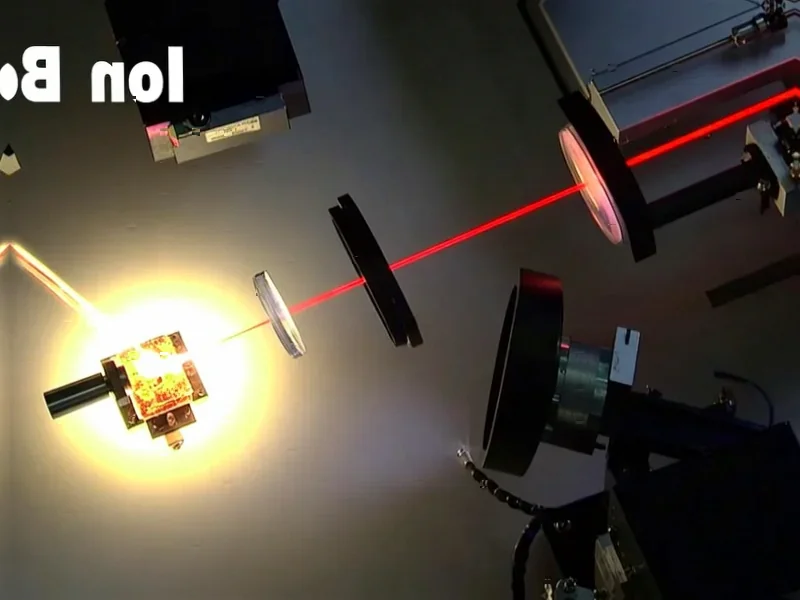According to Semiconductor Today, SuperLight Photonics has launched the SLP-2000 compact full-spectrum shortwave infrared supercontinuum laser. The Netherlands-based company, which spun out from the University of Twente, developed this photonic integrated circuit laser specifically for measurement and detection applications. The SLP-2000 covers both 1060nm and 1300nm wavelengths that are crucial for optical coherence tomography. It’s engineered for stationary and mobile integration with ultra-low-noise output in a maintenance-free platform. The laser uses patterned alternating dispersion technology to deliver coherent, wide-bandwidth output suitable for OEM integration. Chief commercial officer Jeroen Biesterbos claims the device completes their product portfolio and covers the full spectrum from 900nm to 2500nm when combined with their SLP-1050 model.
This could be a medical imaging game-changer
Here’s the thing about OCT technology – it’s basically like ultrasound but using light instead of sound waves. The SLP-2000’s coverage of both 1060nm and 1300nm wavelengths is actually a pretty big deal. At 1300nm, you get deeper tissue penetration with reduced water absorption, which is perfect for dermatology and internal imaging. Meanwhile, the 1060nm wavelength offers that sweet spot between resolution and depth for retinal imaging and neuroimaging.
What really stands out is the claim about eliminating complex multi-laser architectures. Current systems often need multiple lasers to cover different wavelengths, which means more components, more potential failure points, and higher costs. If SuperLight has actually managed to deliver both key wavelengths in a single compact package? That’s significant.
But it’s not just about medicine
The industrial applications are equally compelling. We’re talking about non-destructive testing of composites and semiconductors, coating thickness measurement, and packaging inspection. In semiconductor manufacturing especially, where nanometer-scale precision matters, having a reliable, low-noise light source could make a real difference in quality control.
And let’s not forget the fiber component testing angle. With the photonics industry growing rapidly, having a tool that can properly test these components across the full SWIR spectrum could accelerate development cycles. It’s one of those enabling technologies that might not get headlines but could quietly improve everything from telecommunications to sensing systems.
The broader implications here
Remember that SuperLight Photonics is a university spin-off, which tells you something about the technology’s origins. Academic research often produces brilliant concepts that struggle to become practical products. The fact that they’ve reached commercial launch suggests they’ve solved some real engineering challenges.
Jeroen Biesterbos’s comment about customers confirming suitability for photonic device testing is interesting too. It means they’ve likely had this in beta testing with actual industrial partners, which is always a good sign. Early customer validation beats marketing claims any day.
So where does this leave the competition? Traditional laser manufacturers might need to step up their game. The combination of compact size, full spectrum coverage, and claimed low noise could make the SLP-2000 attractive for OEMs looking to integrate advanced imaging capabilities without redesigning their entire systems. It’s one of those technologies that could enable entirely new applications we haven’t even thought of yet.




